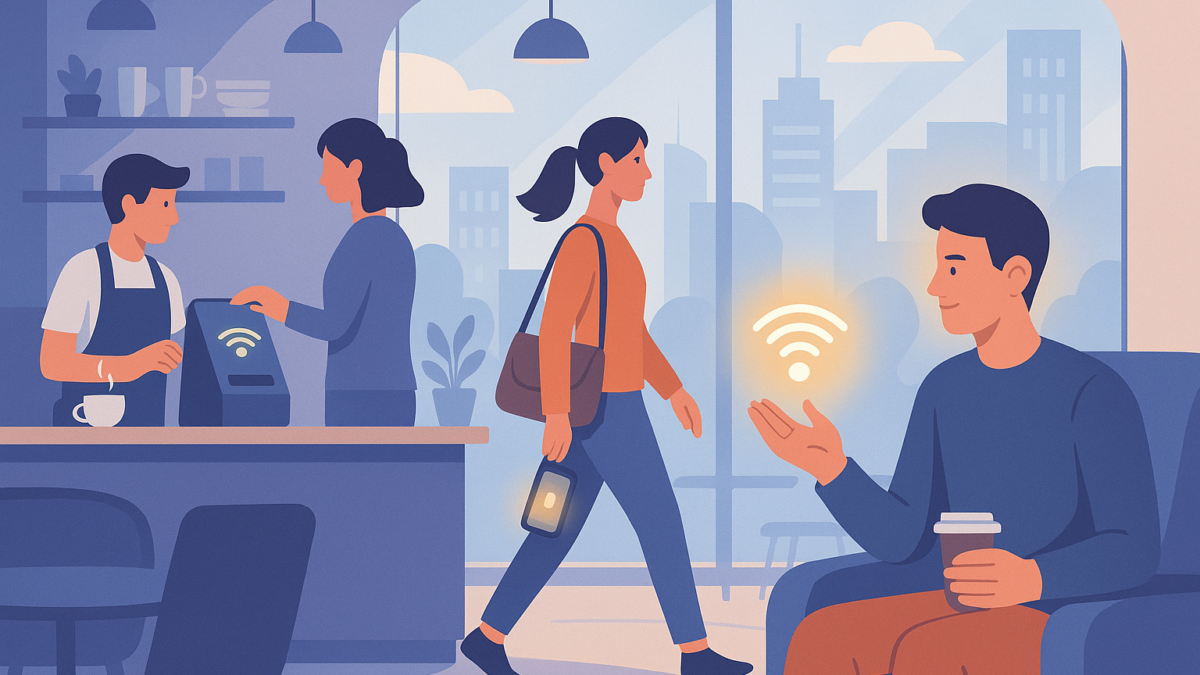Invisible Payments: The Future of Transactions in 2025
Imagine walking out of a store without stopping at a checkout counter—or ordering a ride without ever pulling out your card. In 2025, this isn’t imagination—it’s reality. Welcome to the era of invisible payments.
Invisible payments, sometimes called frictionless or ambient payments, are transactions that happen in the background. No cash, no swiping, no typing CVV codes. Just seamless, secure, and instant payments embedded into daily activities.
This blog explores how invisible payments work, their impact on consumers and businesses, and why they’re the future of fintech.
What Are Invisible Payments?
Invisible payments use AI, biometrics, IoT, and embedded finance to make transactions occur automatically without explicit user action.
Examples include:
- Amazon Go stores where items are billed as you walk out.
- Uber & Lyft rides where payments happen in-app automatically.
- Smart fridges that reorder groceries when supplies run low.
The common theme: payments disappear into the background—making the customer experience smoother.
Key Technologies Powering Invisible Payments
1. Biometric Authentication
Facial recognition, fingerprint scans, and voice authentication ensure frictionless but secure payments.
2. AI & Machine Learning
Predicts buying behavior, prevents fraud, and ensures smooth transaction flows.
3. IoT Integration
Connected devices (cars, appliances, wearables) can initiate payments autonomously.
4. Embedded Finance APIs
Enable non-financial apps (e.g., ride-sharing, food delivery) to process payments seamlessly.
Benefits of Invisible Payments
- For Consumers: Speed, convenience, and fewer touchpoints.
- For Businesses: Reduced cart abandonment, better customer loyalty, higher sales conversion.
- For FinTech: Opportunity to design new revenue models around embedded payments.
Challenges & Risks
- Privacy Concerns: More biometric and behavioral data collection raises security questions.
- Trust Issues: Consumers may feel uneasy about payments happening “without action.”
- Regulatory Hurdles: Compliance frameworks for biometric and IoT-driven payments are still evolving.
Real-World Examples in 2025
- Amazon Go: Pioneering checkout-free retail.
- Starbucks App: Integrating mobile pay with rewards seamlessly.
- Tesla: Cars paying automatically at charging stations.
- Apple Pay & Google Pay: Expanding into fully embedded payment ecosystems.
The Future Ahead
By 2025 and beyond, invisible payments will become the default for urban consumers. As 5G, IoT, and AI converge, even more industries—from healthcare to travel—will embed payments invisibly into the customer journey.
The question for businesses isn’t if they’ll adopt invisible payments, but how fast they can integrate them without compromising security or trust.
Conclusion
Invisible payments represent the next frontier of fintech—where convenience meets innovation. By removing friction, they unlock seamless experiences for consumers while driving loyalty and revenue for businesses.





